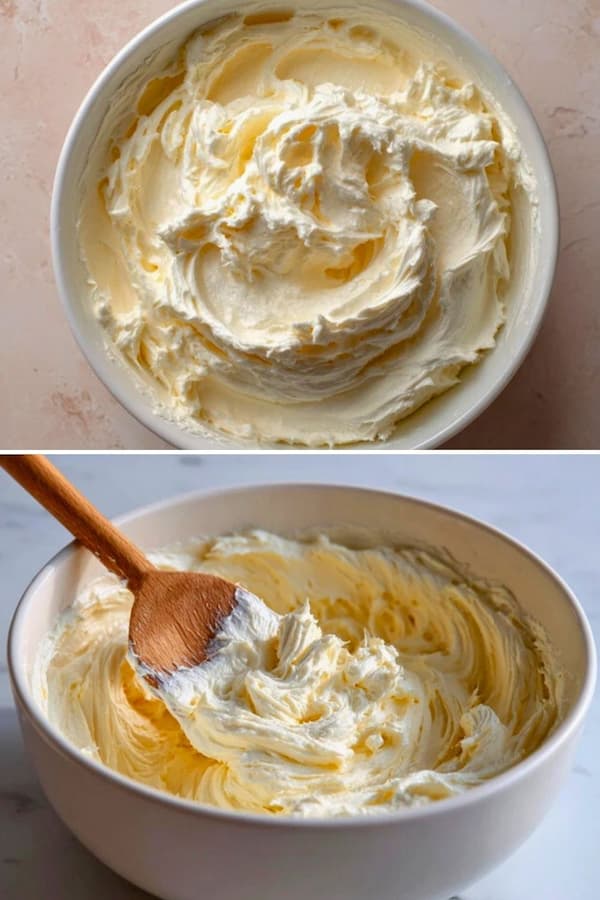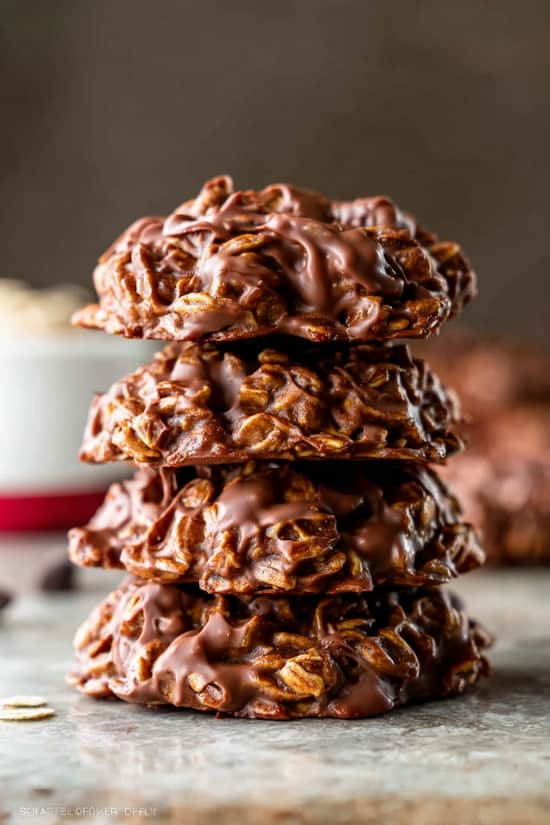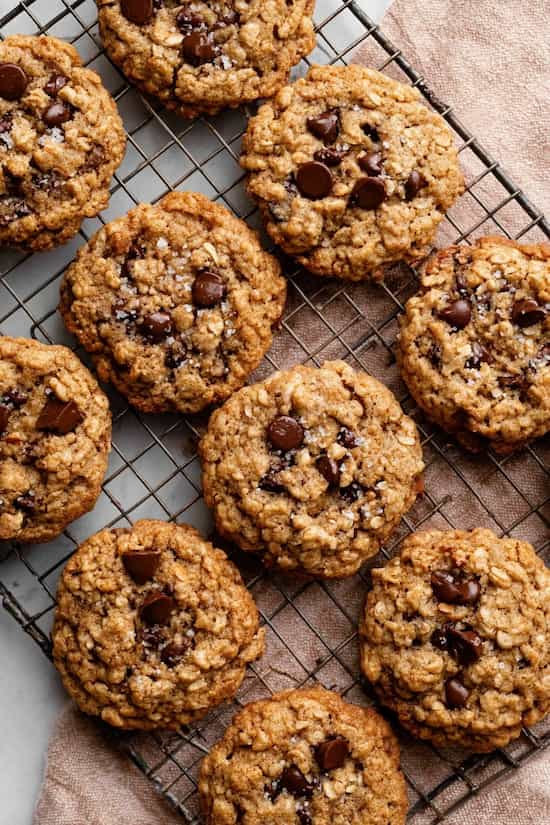There’s something incredibly satisfying about making your own buttercream frosting. It’s creamy, smooth, and sweet — the perfect finishing touch for cakes, cupcakes, cookies, or anything that needs a little extra love.
When I first learned how to make buttercream, I couldn’t believe how easy it was. No fancy tools or ingredients, just butter, sugar, and a few simple steps. The best part? You can whip it up in minutes, and it tastes so much better than anything store-bought.
This recipe is my go-to for birthdays, holidays, and everyday baking. It’s rich but balanced, soft yet stable, and can be flavored or colored in endless ways. Once you master this, you’ll never buy frosting again.

Why You’ll Love This Frosting
Homemade buttercream is the kind of recipe that makes you feel like a pro baker without any stress. It’s silky, pipeable, and holds its shape beautifully on cakes and cupcakes.
It’s also endlessly versatile — add cocoa for chocolate buttercream, espresso for coffee flavor, or fruit puree for a fruity twist. You can keep it classic or make it your own.
Ingredients
(for 12 Cupcakes or a 2-Layer Cake)
- 1 cup (2 sticks) unsalted butter, softened to room temperature
- 3 ½ to 4 cups powdered sugar (sifted for best texture)
- 2 teaspoons pure vanilla extract
- 2–3 tablespoons heavy cream or milk
- Pinch of salt (to balance the sweetness)
Optional: food coloring or flavor extracts (almond, lemon, etc.)
Start with Soft Butter
The foundation of perfect buttercream is soft butter — not melted, not cold, but just right. It should press easily with your finger but still hold its shape.
Add the butter to a large mixing bowl and beat it on medium speed for about 2–3 minutes until it’s smooth, pale, and fluffy. This step whips air into the butter, giving your frosting that light, creamy texture.
Add the Sugar Slowly
Gradually add the powdered sugar, one cup at a time, mixing on low speed until it’s fully combined before adding more. This prevents sugar clouds and keeps the texture smooth.
Once all the sugar is in, turn the mixer up to medium-high and beat for another 2 minutes. The frosting will start to look thick, creamy, and luscious.
Add Vanilla and Cream
Now for the magic touches: vanilla extract, a pinch of salt, and 2 tablespoons of heavy cream or milk. Beat for another 1–2 minutes until the buttercream is light, fluffy, and easy to spread.
If it’s too thick, add a bit more cream (a teaspoon at a time). If it’s too soft, add a few tablespoons of powdered sugar. The goal is a smooth, pipeable consistency that holds soft peaks.
Adjust the Texture
Everyone likes their buttercream a little different — some prefer thick and rich, others light and airy.
For a fluffier frosting, whip an extra minute or two to incorporate more air. For a denser frosting, mix just until combined. You can also refrigerate it for a few minutes to firm it up before piping.
Perfect for Decorating
This buttercream spreads like a dream and pipes beautifully for borders, rosettes, or swirls on cupcakes.
If you’re frosting a layer cake, make sure the cake is completely cooled before applying the frosting — otherwise, the butter will melt. For an extra-smooth finish, frost a thin “crumb coat,” chill for 20 minutes, then add your final layer.
Flavor Variations
One of my favorite things about buttercream is how easy it is to customize:
- Chocolate Buttercream: Add ½ cup unsweetened cocoa powder and 1 tablespoon of cream.
- Lemon Buttercream: Add 1 tablespoon lemon juice and 1 teaspoon lemon zest.
- Strawberry Buttercream: Mix in 2 tablespoons of strawberry puree or freeze-dried strawberry powder.
- Coffee Buttercream: Add 1 teaspoon instant espresso dissolved in 1 tablespoon hot water.
- Salted Caramel Buttercream: Fold in 2 tablespoons of caramel sauce and a pinch of sea salt.
Each variation brings a unique twist while keeping that classic buttery sweetness.
Tips for the Best Buttercream
- Use real butter: Margarine or shortening won’t give the same flavor.
- Sift your sugar: It makes the frosting smoother and easier to whip.
- Don’t rush the mixing: Whipping time adds volume and creaminess.
- Control sweetness: Add salt or a splash of lemon juice to balance flavor.
- Keep it cool: Warm kitchens can make buttercream soft — chill it briefly if needed.
Why I Love This Recipe
I love this recipe because it feels like the perfect blend of old-fashioned and modern. It’s classic enough for a birthday cake, but adaptable enough to frost cookies or fill macarons.
It’s also the kind of recipe that always impresses — even though it’s incredibly simple. Once you learn how to make buttercream, you unlock endless possibilities in baking.
And honestly? There’s something so satisfying about licking the spatula when you’re done.
Storing and Reusing
Store leftover buttercream in an airtight container in the fridge for up to 5 days or freeze it for up to 3 months. When ready to use, bring it back to room temperature and re-whip for 1–2 minutes to restore its smooth texture.
If it seems too stiff after chilling, add a teaspoon of cream while mixing.
Can I Make Buttercream Without a Mixer?
Yes! While a hand or stand mixer makes it easier, you can make buttercream by hand using a sturdy whisk or spatula. It’ll take a bit more effort — around 10 minutes of mixing — but it will still come together beautifully. Make sure your butter is very soft before starting.
Can I Make Buttercream Ahead of Time?
Absolutely. Buttercream stores wonderfully in the fridge or freezer. Just make it ahead, refrigerate it, and bring it back to room temperature before using. Re-whip for a few minutes to restore its fluffiness. It’s perfect for planning cakes or cupcakes a day or two ahead.
Smooth, creamy buttercream frosting made with simple ingredients. Perfect for cakes, cupcakes, or cookies — light, fluffy, and easy to make from scratch!



